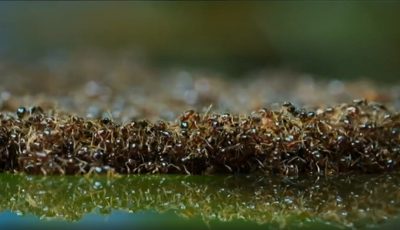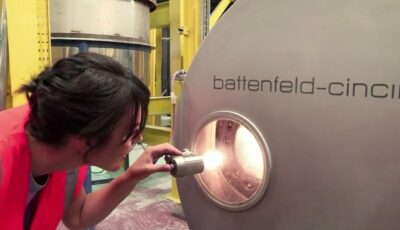Atomic Structure and the Periodic Table
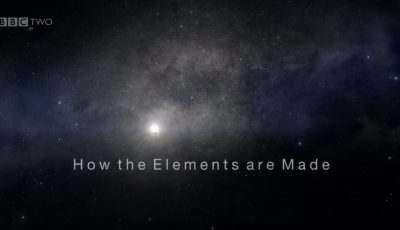
How are elements made? | Wonders of the Universe
How are elements made? | Wonders of the Universe
Brian Cox explains what elements are and how they are formed, including the importance of carbon.

2: The Order of the Elements | Chemistry: A Volatile History
2: The Order of the Elements | Chemistry: A Volatile History
Professor Jim Al-Khalili looks at how the early scientists' bid to decode the order of the elements was driven b...
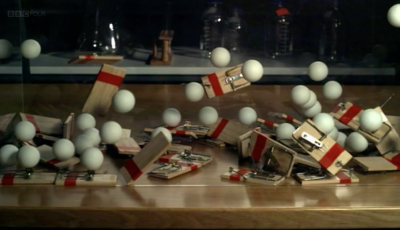
1: Discovering the Elements | Chemistry: A Volatile History
1: Discovering the Elements | Chemistry: A Volatile History
The story of how the elements were discovered and mapped begins with the alchemists who questioned that the world...

Helium | Chemistry: A Volatile History
Helium | Chemistry: A Volatile History
Norman Lockyer recorded a new yellow line by observing the sun through London smog and, assuming the new element to be a metal, named ...

Gallium | Chemistry: A Volatile History
Gallium | Chemistry: A Volatile History
Gallium is in a liquid state over the widest range of temperatures than any other element.

Bunsen Burner | Chemistry: A Volatile History
Bunsen Burner | Chemistry: A Volatile History
Robert Bunsen was a German chemist responsible for the invention of the Bunsen Burner.
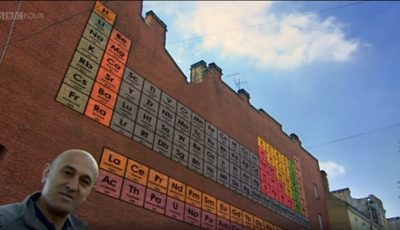
Periodic Table Overview | Chemistry: A Volatile History
Periodic Table Overview | Chemistry: A Volatile History
Spec references J248: C2.2i J250: C2.2i. A quick recap of how the periodic table is arranged including groups, period...
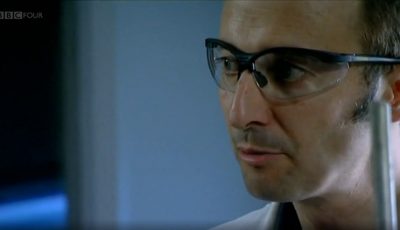
Properties of Group 1 Metals | Chemistry: A Volatile History
Properties of Group 1 Metals | Chemistry: A Volatile History
Spec references J248: C4.1a. Demonstration of reactions of lithium, sodium and potassium with water (Contains hi...
Silicon | Chemistry: A Volatile History
Silicon | Chemistry: A Volatile History
Silicon was discovered by Jöns Jacob Berzelius, a Swedish chemist, in 1824 by heating chips of potassium.
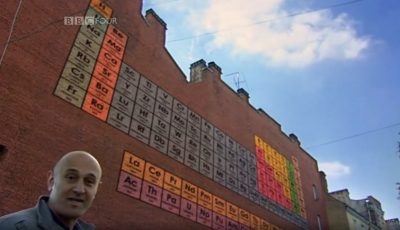
Mendelleev's Periodic Table | Chemistry: A Volatile History
Mendelleev's Periodic Table | Chemistry: A Volatile History
Spec references J248: C2.2i J250: C2.2i. An account of how Mendeleev arranged the elements by atomic mass to crea...
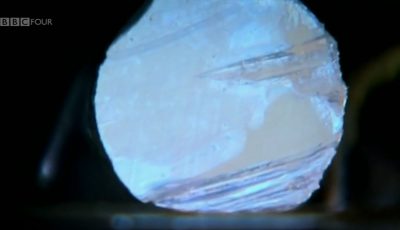
Properties of Potassium | Chemistry: A Volatile History
Properties of Potassium | Chemistry: A Volatile History
Spec references J248: C4.1a J250: C4.1a. Professor Jim Al-Khalili describes properties of potassium and some of its u...

Lavoisier's Elements | Chemistry: A Volatile History
Lavoisier's Elements | Chemistry: A Volatile History
Lavoisier was the first scientist to define what an element was.

Oxygen | Chemistry: A Volatile History
Oxygen | Chemistry: A Volatile History
The story of how Joseph Priestley discovered oxygen.

Hydrogen | Chemistry: A Volatile History
Hydrogen | Chemistry: A Volatile History
Cavendish accidentally discovered hydrogen, the first elemental gas, when experimenting with air.
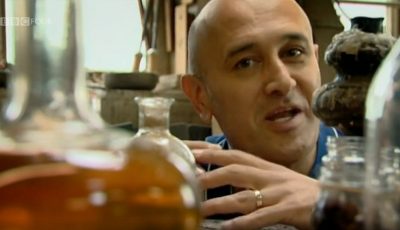
The discovery of phosphorus | Chemistry: A Volatile History
The discovery of phosphorus | Chemistry: A Volatile History
Phosphorus was discovered when Brandt was attempting to isolate gold from his urine.
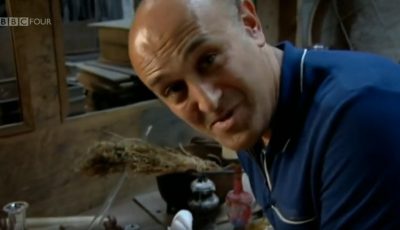
Mercury | Chemistry: A Volatile History
Mercury | Chemistry: A Volatile History
Mercury is fourteen times heavier than water, and so dense even a steel bolt will float in it.

Atomic Structure - Revision | GCSE Bitesize Revision
Atomic Structure - Revision | GCSE Bitesize Revision
Spec references J248: C1.2b, C1.2d, C1.2e J250: C1.2b, C1.2d, C1.2e. A fast-paced overview of the basics of atomic struc...
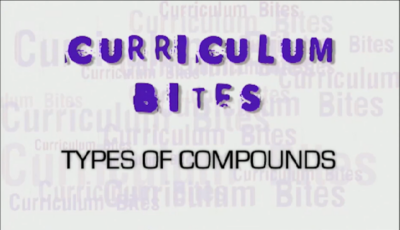
Types of Compounds | Curriculum Bites
Types of Compounds | Curriculum Bites
Spec references J248: C2.2h J250: C2.2h. An introduction to how elements react to form ionic and covalent compounds, with reference to ...
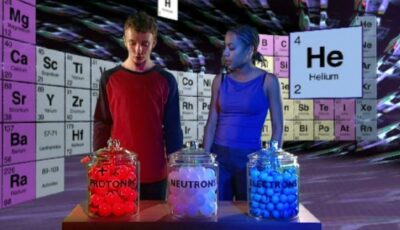
Atomic Structure - Building an Atom | Curriculum Bites
Atomic Structure - Building an Atom | Curriculum Bites
Spec references J248: C1.2b, C1.2d, C1.2e J250: C1.2b, C1.2d, C1.2e. How can an atom be completely described by the in...

Arrangement of the Periodic Table | Curriculum Bites
Arrangement of the Periodic Table | Curriculum Bites
Spec references J248: C2.2a, C2.2b, C2.2c J250: C2.2a, C2.2b, C2.2c. This video explains the arrangement of the periodic...
Bonding Structure and Properties

S2E6: Invisible Worlds | Dara O'Briain's Science Club
S2E6: Invisible Worlds | Dara O'Briain's Science Club
Dara and the team shine a light on some of the mysterious and usually hidden worlds surrounding us, from our internal e...

S2E5: Size Matters | Dara O'Briain's Science Club
S2E5: Size Matters | Dara O'Briain's Science Club
Dara and the team reveal why size matters in science and how discoveries large and small are changing the way we view the u...
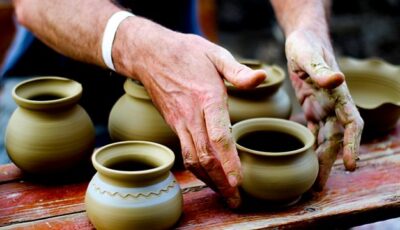
Ceramics | How It Works
Ceramics | How It Works
Professor Mark Miodownik looks at how simple clay, sand and rock can be changed into pottery, glass and concrete to build cities and transform the wa...

Plastic | How It Works
Plastic | How It Works
Mark Miodownik shows how plastics have brought luxury to the masses and reveals how the next generation will take its inspiration from nature and coul...
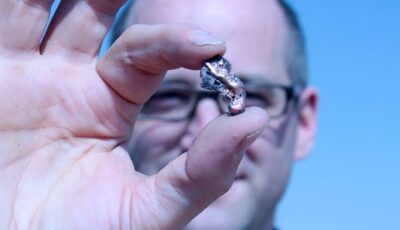
Metal | How It Works
Metal | How It Works
Mark Miodownik traces the history of our love affair with metal. He investigates metals at the atomic level and sees how metal crystals can be grown to ...
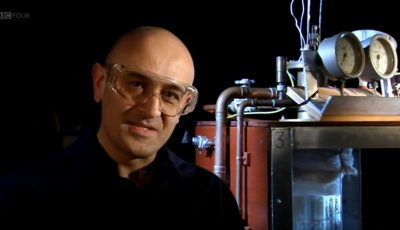
Superconductors | Shock and Awe: The Story of Electricity
Superconductors | Shock and Awe: The Story of Electricity
Jim Al-Khalili looks at how, in 1986, IBM researchers discovered a breakthrough regarding superconductivity in cera...
Semiconductors and WWII | Shock and Awe: The Story of Electricity
Semiconductors and WWII | Shock and Awe: The Story of Electricity
Jim Al-Khalili explains the importance of semiconductors, particularly with regard to fighting WWII.
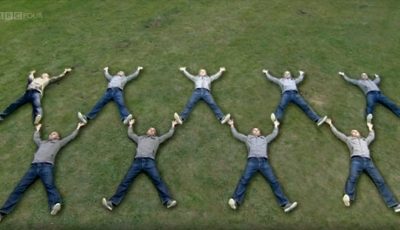
Carbon bonds | Chemistry: A Volatile History
Carbon bonds | Chemistry: A Volatile History
Scott Cooper was fascinated by how carbon atoms combined with other atoms, inventing the notion of ''bonds''.

Metals and Alloys | Science Fix
Metals and Alloys | Science Fix
Mark Loughlin looks at the science of forensics while in the studio we make a motor and Alison Chappell takes apart a selection of drills.

Introduction to Covalent Bonding | GCSE Bitesize Revision
Introduction to Covalent Bonding | GCSE Bitesize Revision
This video introduces covalent bonding, focusing on electron sharing, the use of dot and cross diagrams, and exampl...

Secrets of the Super Elements
Secrets of the Super Elements
In the first BBC documentary to be filmed entirely on smartphones, Mark Miodownik reveals the weird materials that have built our high-tech world.
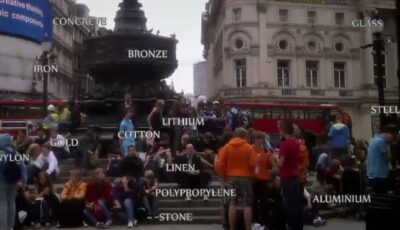
Materials: How They Work
Materials: How They Work
Materials scientist Mark Miodownik takes a look into the inner world of metals, ceramics and plastics and the microscopic structure that allows them...
Chemical Changes
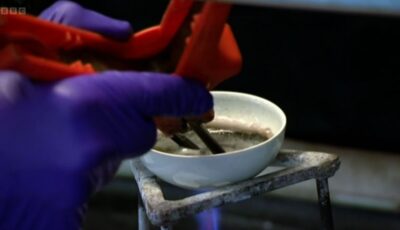
Electrolysis - Discovery of Potassium | Curriculum Bites
Electrolysis - Discovery of Potassium | Curriculum Bites
Spec references J248: C3.4b J250: C3.4b. Professor Jim Al-Khalili recreates the electrolysis experiment that lead to...

Acids, Bases and Salts | GCSE Bitesize Revision
Acids, Bases and Salts | GCSE Bitesize Revision
Spec references J248: C3.3d, C3.3e, C3.3f, C3.3h, C4.2a J250: C3.3d, C3.3e, C3.3f, C3.3h, C3.1g. This video introduces acids ...
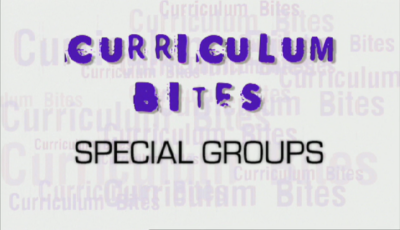
Reactivity of Group 0, 1 and 7 | Curriculum Bites
Reactivity of Group 0, 1 and 7 | Curriculum Bites
Spec references J248: C4.1a. C4.1b J250: C4.1a. C4.1b. A detailed explanation of the reactivity of Group 0, Group 1, and Gr...

Electrolysis | GCSE Bitesize Revision
Electrolysis | GCSE Bitesize Revision
Spec references J248: C3.4a, C3.4b, C3.4c, C3.4d, C3.4e J250: C3.4a, C3.4b, C3.4c, C3.4d, C3.4e. Explanation of how ionic substances ca...
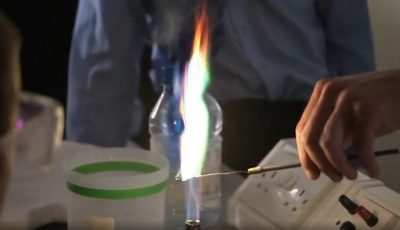
What chemicals to use to achieve certain colours in fireworks | Rocket Science
What chemicals to use to achieve certain colours in fireworks | Rocket Science
In this classroom experiment students explore how different chemicals react when burned and le...

Electrolysis | GCSE Bitesize Revision
Electrolysis | GCSE Bitesize Revision
Spec references J248: C3.4a, C3.4b, C3.4c, C3.4d, C3.4e J250: C3.4a, C3.4b, C3.4c, C3.4d, C3.4e. Explanation of how ionic substances ca...
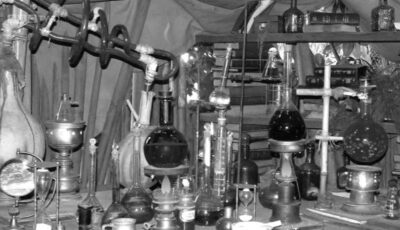
Acids, Bases and Salts | GCSE Bitesize Revision
Acids, Bases and Salts | GCSE Bitesize Revision
Spec references J248: C3.3d, C3.3e, C3.3f, C3.3h, C4.2a J250: C3.3d, C3.3e, C3.3f, C3.3h, C3.1g. This video introduces acids ...
Rate and extent of chemical change

The race is on | Bitesize Science
The race is on | Bitesize Science
The rate of a chemical reaction depends on the temperature, concentration, particle size and any catalysts present.

Measuring the Rate of Reaction | GCSE Bitesize Revision
Measuring the Rate of Reaction | GCSE Bitesize Revision
Spec references J248: C5.2a, C5.2c, C5.2d, C5.2e, C5.2f J250: C5.2a, C5.2c, C5.2d, C5.2e, C5.2f. This video provides ...

Reversible Reactions - the Haber process | GCSE Bitesize Revision
Reversible Reactions - the Haber process | GCSE Bitesize Revision
This video provides an overview of ammonia production through the Haber process, briefly touching on the ne...
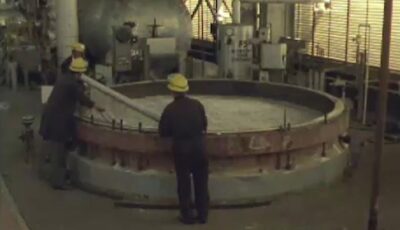
The Haber Process | Science Topics
The Haber Process | Science Topics
Spec references J248: C6.1d. The video starts with an overview of the industrial production of nitrate fertiliser through the Haber proces...

Reversible Reactions | GCSE Bitesize Revision
Reversible Reactions | GCSE Bitesize Revision
This video provides examples of reversible chemical reactions and visually explains how dynamic equilibrium is achieved. It int...
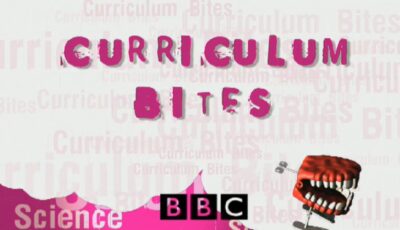
Rates of reaction | Curriculum Bites
Rates of reaction | Curriculum Bites
Spec references J248: C5.2c, C5.2d, C5.2e, C5.2f J250: C5.2c, C5.2d, C5.2e, C5.2f. Introduction to rate of chemical reactions and collis...
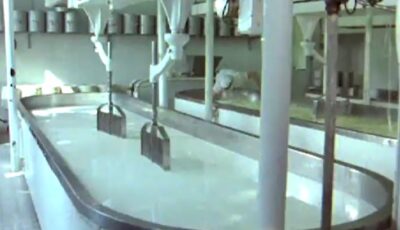
Biological Catalysts | Science Topics
Biological Catalysts | Science Topics
The video provides examples of biological catalysis, such as enzyme use in cheese production and human digestion, followed by an explan...
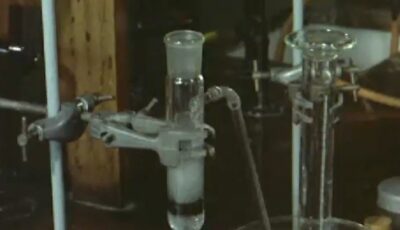
Catalysis Demonstration | Science Topics
Catalysis Demonstration | Science Topics
Catalysis is demonstrated through the decomposition of hydrogen peroxide, including a test for oxygen gas. The clip explains how cat...

Catalysis | Science Topics
Catalysis | Science Topics
Prog looking at catalysts and how they speed up chemical reactions, and how this knowledge is used in industry, farming and modern pollution devic...
Using Resources

Climate refugees | Black Black Oil
Climate refugees | Black Black Oil
Hundreds of millions of people are expected to migrate from their countries by 2050 due to rising sea levels.
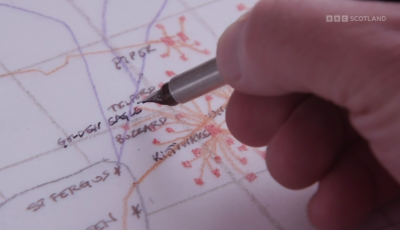
The future of North Sea Oil | Black Black Oil
The future of North Sea Oil | Black Black Oil
How the future of the North Sea Oil rigs are being sold off to foreign state-run companies and what that means for the future o...

Climate change in 50 years | Black Black Oil
Climate change in 50 years | Black Black Oil
Forecasts an extremely bleak future for the children of today where an unrecognisable landscape of the world is shaped by rising...

The world as a hydrocarbon-based infrastructure | Black Black Oil
The world as a hydrocarbon-based infrastructure | Black Black Oil
Oil and gas companies maintain their products are necessary for the world to operate, however that view is ...
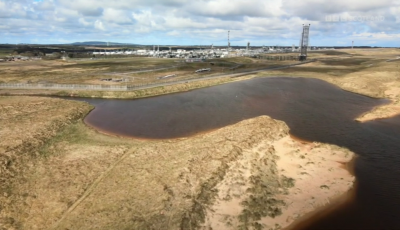
Carbon capture | Black Black Oil
Carbon capture | Black Black Oil
Oil and gas companies hold stock in new technologies to capture carbon emissions but there is little evidence to suggest these work or indee...

Carbon Entanglement | Black Black Oil
Carbon Entanglement | Black Black Oil
A description given by Angel Gurria of the OECD denotes the dependence the UK (and the world) has on carbon.
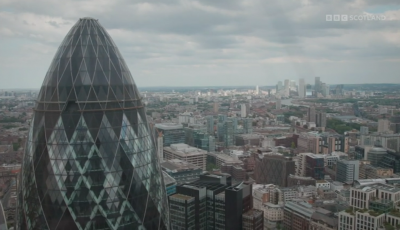
Oil, finance and pensions | Black Black Oil
Oil, finance and pensions | Black Black Oil
Investment in oil companies has been at the forefront of pensions for a long period in time but now are returning less equity tha...
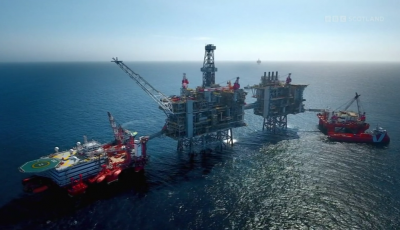
The UK's ''oil machine'' | Black Black Oil
The UK's ''oil machine'' | Black Black Oil
How oil from the North Sea is pumped and distributed in the UK.
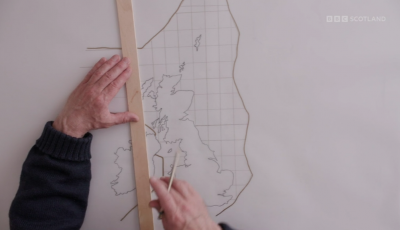
History of North Sea Oil | Black Black Oil
History of North Sea Oil | Black Black Oil
Oil was discovered in the North Sea in 1970 and its exploitation by private companies has been encouraged by the government ever s...

Greenhouse gases | Royal Institution Christmas Lectures
Greenhouse gases | Royal Institution Christmas Lectures
Professor Chris Jackson investigates the key greenhouse gases.
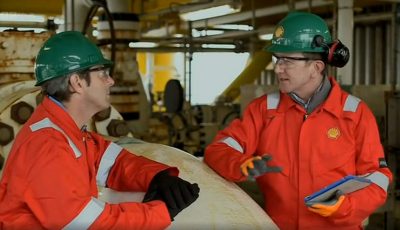
Carbon capture and storage | Planet Oil: The Treasure That Conquered the World
Carbon capture and storage | Planet Oil: The Treasure That Conquered the World
Professor Iain Stewart investigates CCS, a process that is attempting to reduce carbon dioxide...
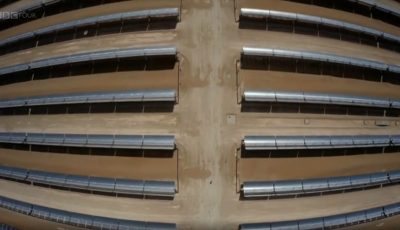
Sustainable cities | Planet Oil: The Treasure That Conquered the World
Sustainable cities | Planet Oil: The Treasure That Conquered the World
Professor Iain Stewart visits Masdar in Abu Dhabi, a city that relies on renewable energy.

Nuclear energy and Thorium | Planet Oil: The Treasure That Conquered the World
Nuclear energy and Thorium | Planet Oil: The Treasure That Conquered the World
Professor Iain Stewart explains how nuclear power works and investigates a new energy source.

Carbon dioxide levels | Planet Oil: The Treasure That Conquered the World
Carbon dioxide levels | Planet Oil: The Treasure That Conquered the World
Professor Iain Stewart outlines the increasing levels of carbon dioxide in the atmosphere.

Fracking | Planet Oil: The Treasure That Conquered the World
Fracking | Planet Oil: The Treasure That Conquered the World
Professor Iain Stewart explains the process of fracking.
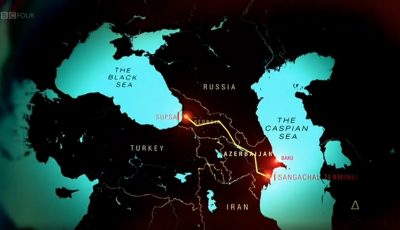
Caspian oil | Planet Oil: The Treasure That Conquered the World
Caspian oil | Planet Oil: The Treasure That Conquered the World
Professor Iain Stewart investigates the impact of the Caspian oil.
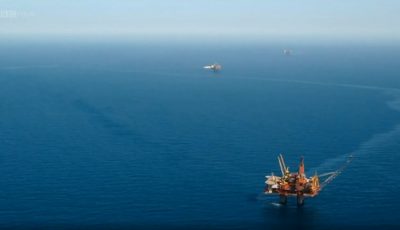
Extracting oil | Planet Oil: The Treasure That Conquered the World
Extracting oil | Planet Oil: The Treasure That Conquered the World
Professor Iain Stewart investigates the new technologies with which oil is being discovered and extracted.
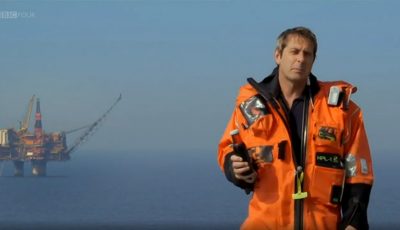
North Sea oil | Planet Oil: The Treasure That Conquered the World
North Sea oil | Planet Oil: The Treasure That Conquered the World
Professor Iain Stewart investigates the discovery of North Sea oil.

How is oil formed? | Planet Oil: The Treasure That Conquered the World
How is oil formed? | Planet Oil: The Treasure That Conquered the World
Professor Iain Stewart explains the natural process in which over millions of years oil is formed.

Carbon footprint of a loaf of bread | Royal Institution Christmas Lectures
Carbon footprint of a loaf of bread | Royal Institution Christmas Lectures
Dr Tara Shine discusses the carbon emissions from the process of baking a loaf of bread.


